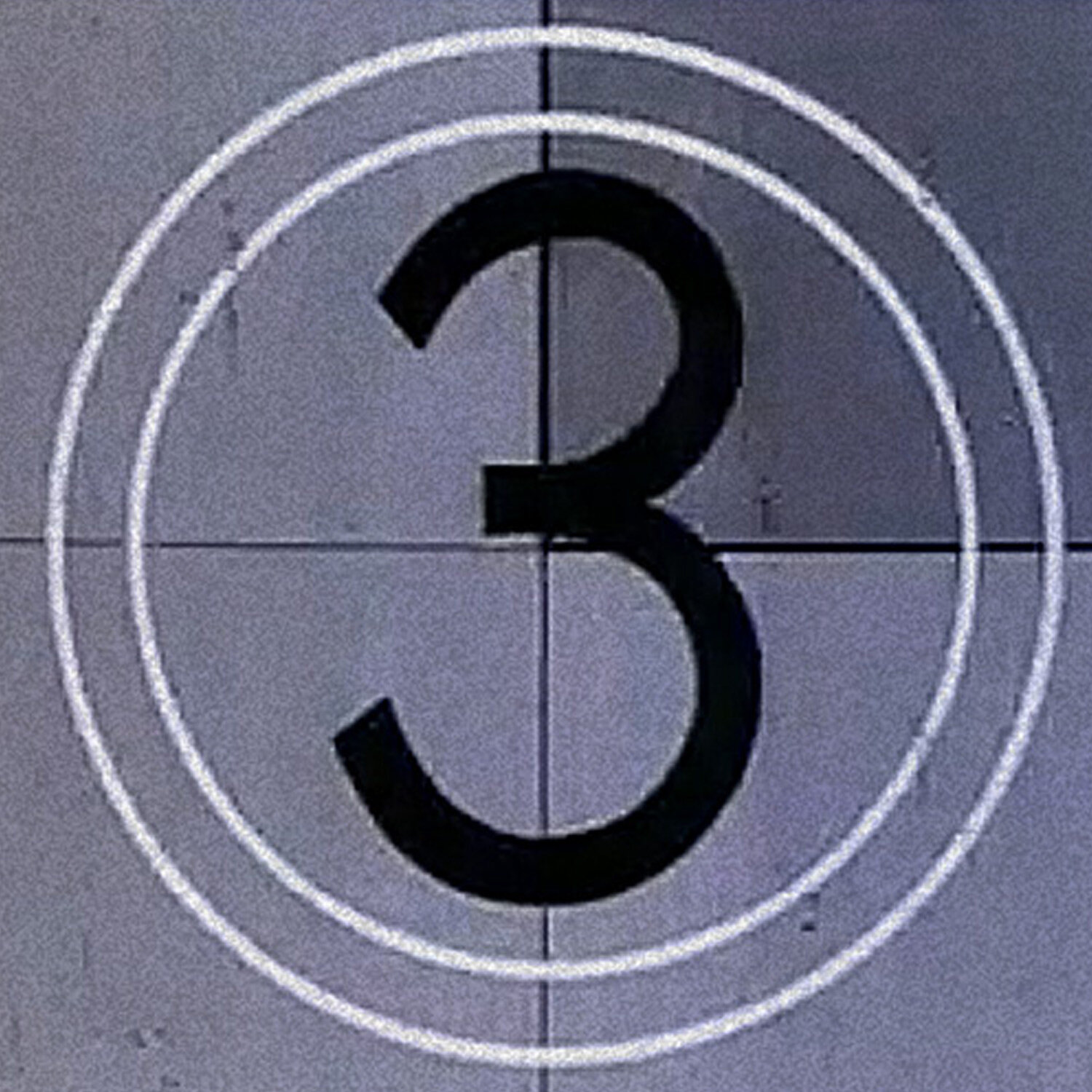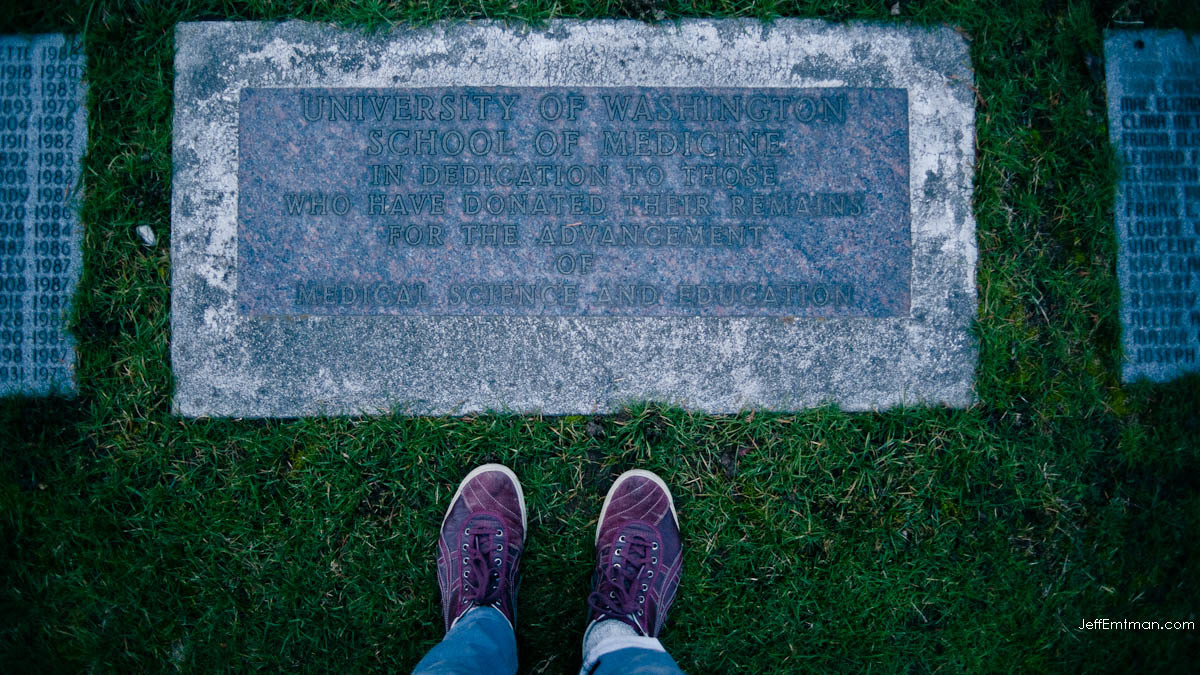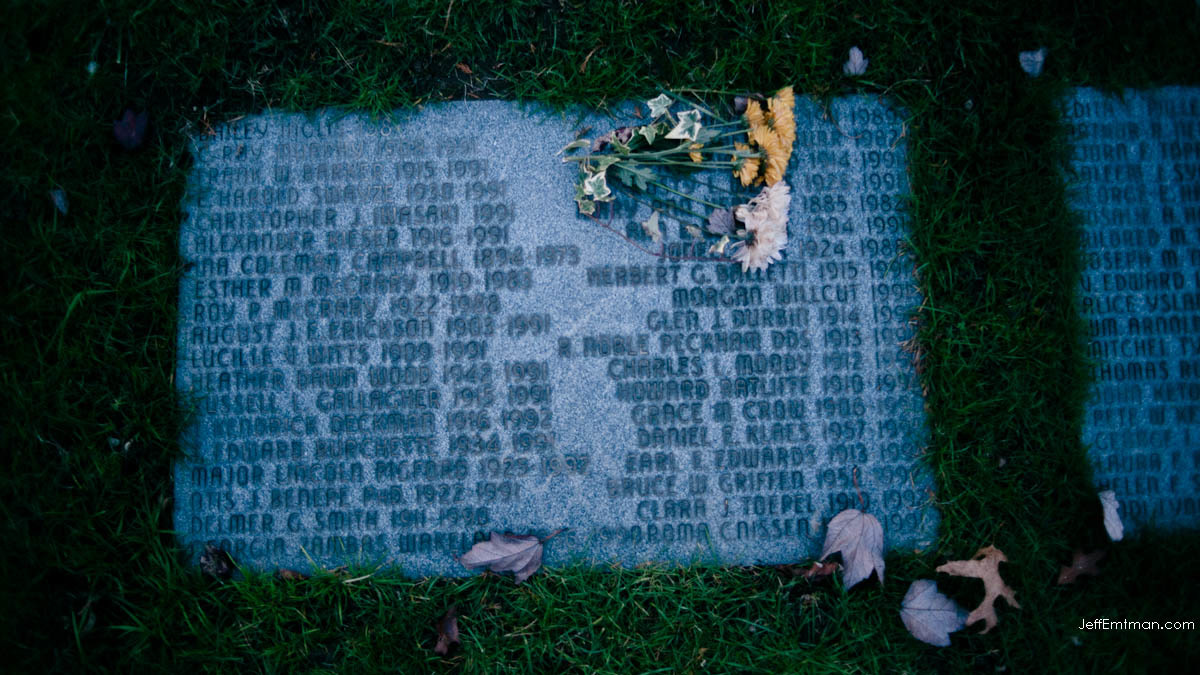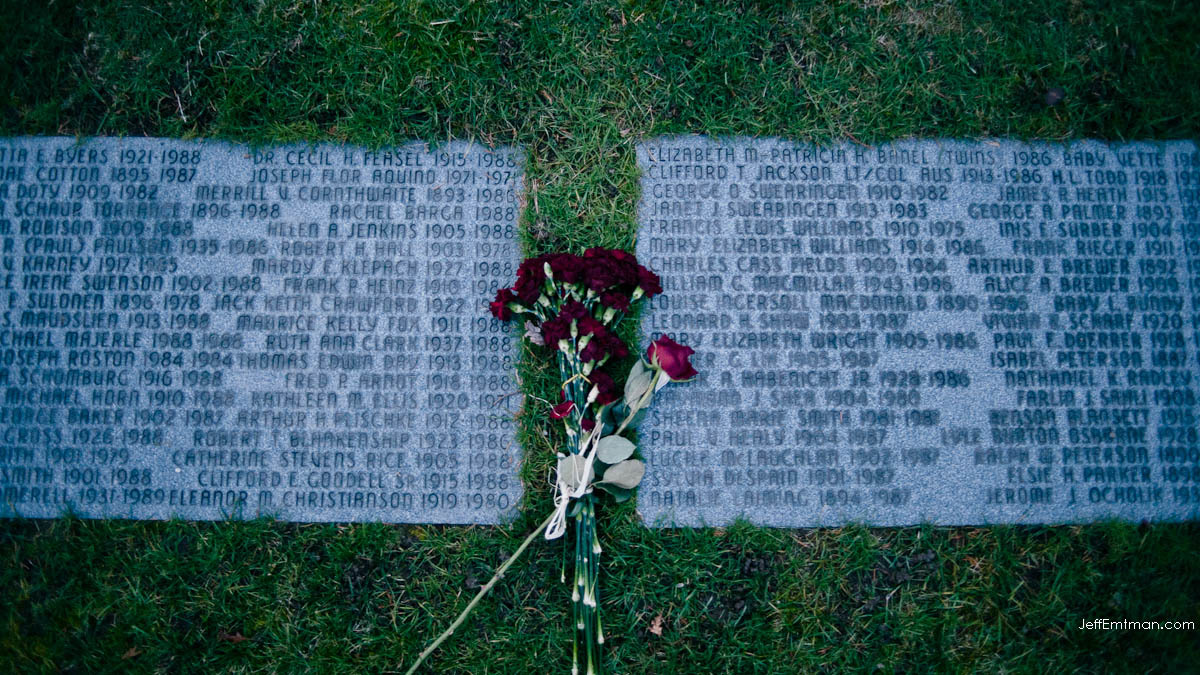HBM092: Carry the Scent
/Robert Larson does not have an easy job. He searches for missing people with his dog Captain Dexter as a K9 search and rescue volunteer. Robert often travels across the Midwest, and he does this work pro bono, relying on donations from his supporters to pay for gas, lodging, and dog food.
Content Note:
Death of a child, a mention of suicide, and language
Robert does not work with law enforcement. He’s not certified to do this work by any professional agency. He says that he has to work alone to do his best work, outside of the red tape of official search and rescue teams and law enforcement agencies.
In 2013, Robert felt compelled to search for a missing one-year-old named Bryeon Hunter. It was his very first search. Robert went at it alone without the permission or cooperation of law enforcement. He quit his job and spent a 30 days searching for Bryeon, falling behind on his bills all the while.
Incredibly, despite his lack of training and lack of support, Robert found Bryeon in the the Des Plaines River.
Since finding Bryeon, Robert started his own search and rescue unit called K9 Specialties. He’s very active on Facebook, often using it to solicit donations and get referrals for missing persons cases from his followers. He’s gained a substantial following, but also hateful facebook group dedicated to disparaging Robert and his work.
The group RTL Fanclub posts rebuttals to Robert’s Facebook activity almost daily. Its members have even gone so far as to caution families of missing people against working with Robert, claiming that he’s a con man and inept at search and rescue. They often criticize him for not having a “real” job, and accuse him of inflating his abilities. The group has about 230 followers at the time of broadcast.
It’s not unreasonable for Robert to be met with skepticism and criticism. Search and rescue is a field that attracts scammers because families with missing loved ones are vulnerable to exploitation. After 9/11, scammers claimed to have found missing people. One K9 handler Harry E. Oakes charged hundreds of dollars a day for his services before he was debunked. Another K9 handler, Sandra Anderson, was indicted in 2004 for planting human remains for her search dog to find. Another fraud, Doug Copp, made hundreds of thousands of dollars after creating an unfounded theory to surviving an earthquake called the Triangle of Life.
According to former executive director of the National Association of Search and Rescue Kim Kelly, there is a profile of a typical search and rescue scammer:
They’re driven by ego, claiming to be “the only one” who can help, or overstating their skills.
They self-deploy, which is never done by legitimate search teams.
They work alone.
They use their dogs to play on people’s emotions and assumptions. As one search and rescue expert put it, “people don’t think it’s a real search unless there are dogs and helicopters.”
Robert occupies a grey area. He claims to help people the police have forgotten, people that the police don’t have time for. He points to his meager lifestyle as evidence of his pure motivations. To Robert, him doing something is better than nothing. To his detractors, Robert does more harm than good, making promises he can’t keep, and overstating his abilities.
Producers: Lee Gaines and Alex Kime
Editor: Bethany Denton and Jeff Emtman
Music: The Black Spot









